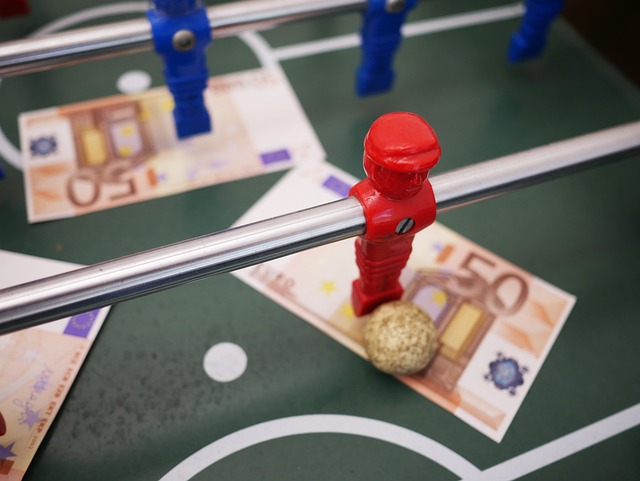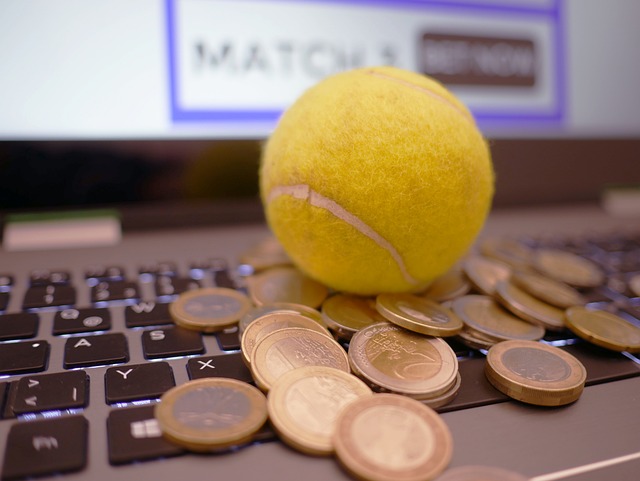How the odds are made at the bookmakers
The initial odds at the bookmakers, as far as the timing of the inclusion of events is concerned, are determined by the attractiveness of the match, the league and the event. Very popular guesses reflect people’s personal input; in particular, “commercial” favourites often receive significantly more bets than the actual probability (we are talking about so-called public bets). HVAs are often found in the odds on the underdogs at a given time.
As the volume of bets on a particular event increases, bookmakers try to get closer to the real distribution of odds, which is naturally reduced by the spread that is included in the odds. This is reflected by the so-called ODDS factor, or more specifically its inverse value (1/ODDS), at which the odds are offered. In general, this means that the better the bookmaker, the lower the RETURN and the higher the “level” (1/RETURN); similarly, higher quality and more popular leagues and sports have lower RETURN values. Let’s look at some illustrative examples:
Let’s say the bookmaker has a 5% margin on a given match; in this case, an evenly matched tennis match would have odds of 1.90-1.90 = > the above statistic has ODDS = 105.263 and “level” (1/ODDS) = 0.95 (95%). In another example, a coin toss with perfectly fair odds would have a probability of 2.00-2.00 and a PROBABILITY value of 100.
In practice, perfectly fair odds can be found on sports betting exchanges (with full liquidity) which offer the best odds; however, even here there is a margin which is a % of the winnings paid to the service provider and may depend on the quality of the player.

The best bookmakers keep the lowest RWA in the long term; they have high quality risk management, use good models to predict the evolution of the odds and have attractive limits that increase as the event approaches, allowing them to make the best bets with the lowest margin. Popular matches are offered many days in advance and their odds are initially determined statistically against the competition and taking into account information such as current form, no-shows, the importance of the match, the programme of previous and future matches, environmental impact, etc.
As the event approaches, the odds of popular matches are carefully compared with sports betting exchanges (Betly, Betdaq, Matchbook, Smarkets), where the liquidity of the odds of certain popular matches also increases up to a result VALUE = 100, i.e. 1/AVALUE = 1.00. In practice, this means that an equally matched football match will have odds of 3.00-3.00-3.00 with 1-x-2 bets, while an equally matched tennis match will have odds of 2.00-2.00 with 1-2 bets. These are the kind of odds that serve as a guide to other bookmakers and professional sports bettors, allowing them to determine when certain odds are FAIR, VALUE or UNVALUE at a given time; they can also use these odds in their analyses, models and bets.
Explanations of these terms are also available in the articles “Instruments for bets” and “Rules for bets”. We will also look in detail at certain specific betting strategies that take value as it is.

